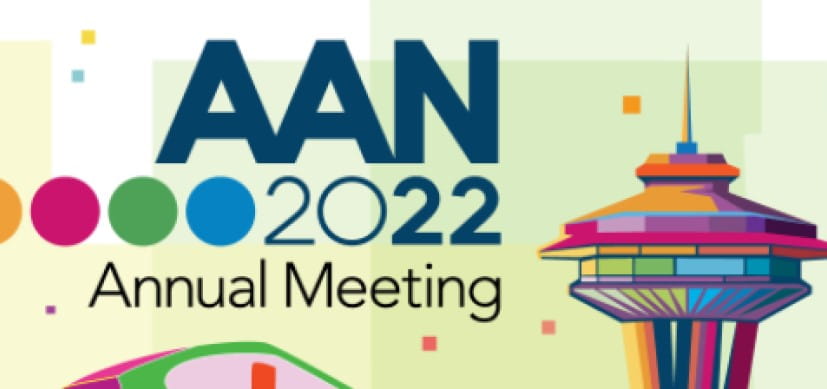Donald L. Gilbert, MD, MS
- Pediatric Movement Disorders and Tourette Syndrome Specialist, Division of Neurology
- Professor, UC Department of Pediatrics
- donald.gilbert@cchmc.org
- Board Certified
About
Biography
My parents inspired me to find a vocation that involved helping others. My fascination with the function of the human brain emerged in college, where I majored in philosophy. As a pediatric neurologist, I treat children and adolescents with movement disorders, including Tourette syndrome.
In my practice, I try to understand how neurological conditions and symptoms affect the child's life and function. With my work, I continually add to the field of neuroscience and find ways to apply new discoveries to improve children's quality of life.
Our team is pursuing multiple lines of research. We use transcranial magnetic stimulation to develop biomarkers of behavioral disorders and understand how the brain controls movement in healthy children and children affected by Tourette Syndrome, ADHD, and Neurofibromatosis. We hope to modulate the brain to improve symptoms. We participate in larger networks of researchers to identify new genes and do clinical trials of new medications.
In my free time, I’m an avid reader, and I also like to exercise and travel.
BA: Princeton University, Princeton, NJ, 1987.
MD: University of Michigan School of Medicine, Ann Arbor, MI, 1993.
MS: University of Michigan, Ann Arbor, MI, 2003.
Pediatrics, Child Neurology Residency: Johns Hopkins School of Medicine, Baltimore, MD, 1998.
Certification: Board Certified in Neurology with Special Competence in Child Neurology, 2010; Board eligible in Pediatrics.
Appointment: Professor of Pediatric Neurology.
Interests
Movement disorders; Tourette syndrome; ataxia; dystonia; functional movement disorders; chorea; neurogenetics; ADHD
Services and Specialties
Interests
Clinical trials in Tourette syndrome and ataxia; genetics of Tourette syndrome; transcranial magnetic stimulation for neuromodulation and development of biomarkers of neurobehavioral symptoms for Tourette syndrome; ADHD; neurofibromatosis
Research Areas
Additional Languages
French, SpanishLocations (4)
Insurance Information
Cincinnati Children's strives to accept a wide variety of health plans. Please contact your health insurance carrier to verify coverage for your specific benefit plan.
Publications
Reliability of short interval cortical inhibition in children with attention deficit hyperactivity disorder. Clinical Neurophysiology. 2025; 175:2110750.
Frontal cortex hyperactivation and gamma desynchrony in Fragile X syndrome: Correlates of auditory hypersensitivity. PloS one. 2025; 20:e0306157.
Probing the Neurodynamic Mechanisms of Cognitive Flexibility in Depressed Individuals with Autism Spectrum Disorder. Journal of Child and Adolescent Psychopharmacology. 2025; 35:231-243.
Changes in Metabolic Parameters and Determination of Minimal Clinically Important Difference in YGTSS-TTS Using Data From the Randomized Phase 2b and Open-Label Extension Studies of Ecopipam For Tourette Syndrome (P11-6.002). Neurology. 2025; 104.
Genome-Wide Association Study Meta-Analysis of 9619 Cases With Tic Disorders. Biological Psychiatry. 2025; 97:743-752.
The Spastic Paraplegia-Centers of Excellence Research Network (SP-CERN): Clinical Trial Readiness for Hereditary Spastic Paraplegia. Neurology: Genetics. 2025; 11:e200249.
In children with attention‐deficit/hyperactivity disorder, less task‐related up‐modulation of motor cortex during response inhibition. 2025; 3:26-36.
Accelerated Theta Burst Transcranial Magnetic Stimulation for Refractory Depression in Autism Spectrum Disorder. Journal of Autism and Developmental Disorders. 2025; 55:940-954.
O14: Administration of eladocagene exuparvovec using the SmartFlow magnetic resonance-compatible ventricular cannula in pediatric patients with aromatic ʟ-amino acid decarboxylase deficiency. Genetics in Medicine Open. 2025; 3:102090.
Deep brain stimulation modulates pallidal and cortical aperiodic activity during a motor task in children and young adults with dystonia. Brain Stimulation. 2025; 18:520.
From the Blog
The Joy of Witnessing Science Transform a Life
Donald L. Gilbert, MD, MS, Sudhakar Vadivelu, DO11/15/2024
Podcast | Understanding Tics and Tic Disorders
Donald L. Gilbert, MD, MS4/12/2024
Ecopipam Reduces Tics in Tourette Syndrome in Early Tests
Donald L. Gilbert, MD, MS3/30/2022
Gilbert Leads Clinical Trial Showing Benefits From New Drug for Tourette Syndrome
Donald L. Gilbert, MD, MS11/11/2021











Patient Ratings and Comments
All patient satisfaction ratings and comments are submitted by actual patients and verified by a leading independent experience management company, Qualtrics. Patient identities are withheld to ensure confidentiality and privacy. Only those providers whose satisfaction surveys are administered through Cincinnati Children’s Hospital Medical Center are displayed. Click here to learn more about our survey